Like tens of millions of American cars, his is equipped with a potentially deadly Takata air bag, one that won’t be fixed anytime soon because parts aren’t available. The vehicle is parked in his driveway. “I tell my wife and kids the same thing we’re telling everyone else: For all the frustration, make sure you’re safe,” he says.
When National Highway Traffic Safety Administration chief Mark Rosekind announced on May 4 that the size of the largest auto recall in U.S. history was about to double, he also revealed that this safety action hits close to home.
Frustration may be an understatement. Millions of owners of 17 different car brands are likely to be in the same boat as the industry’s top regulator: learning their personal vehicles could actually kill them should an unstable air bag inflator explode in their faces, then told to wait their turn—perhaps for years—until replacement parts are available.
The situation is particularly galling to many owners who had assumed that the slow drip of information regarding problems with Takata bags over much of the past decade meant the problem was being addressed. “I’d heard about the recall on Honda Accords and such, which started, like, back in ’08,” says an exasperated Carter Fawcett, whose 2012 Acura TL is on a 300-vehicle waiting list at a dealership in Salt Lake City. Only one customer has completed the repairs there so far, he was told. “I thought for sure they had figured it all out and weren’t selling defective air bags” after earlier recalls, he says. “It’s really stupid.”
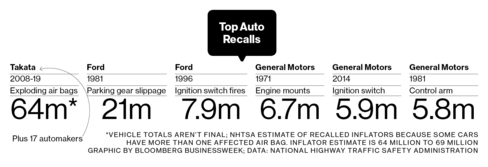
There have been other high-profile recalls over the years, such as General Motors’ faulty ignition switches in 2014 and Toyota’s sudden-acceleration woes in 2010. But there’s never been an auto safety scandal that unfolded as slowly, deliberately, and then seemingly geometrically as this one. Rosekind says that “a large percentage of the U.S. vehicle population” need to be replaced—cars equipped with about 67 million inflators. But even that understates the situation’s magnitude. Takaki Nakanishi, a Tokyo-based auto analyst for Jefferies, figures that Japan and other nations are likely to follow the U.S.’s lead and expand their own recalls, adding 55 million inflators—for a total of 122 million called back globally.
Of the four makers of air bag inflators worldwide, only Takata uses an ammonium nitrate chemical compound to produce a controlled explosion to launch the bag during a crash. The chemicals have proved to become unstable over time, especially under humid conditions, and 13 people have been killed in the U.S. and Malaysia after their Takata bags unintentionally deployed, sending shrapnel into drivers or passengers.
Replacing the bags has been slow going because the design of a bag is unique to each car model. That means producers of replacement bags must tool up to manufacture scores of different inflators suited to the exact configurations of various steering columns and dashboards.
In a May 4 statement in response to NHTSA expanding the recall, Takata said it wasn’t aware of any ruptures in the inflators involved in this latest recall, either in the real world or in the test lab, nor was it aware of any new data or scientific analysis that suggested “substantial risk” for vehicle owners. It nevertheless agreed to “accept and support” the expansion to help restore public confidence. “Our actions demonstrate our total commitment to safety and our intention to be part of the solution,” Chief Executive Officer Shigehisa Takada said in the statement.
The mess started with a recall of just 3,940 Honda Civics and Accords in 2008. Three years later, the action was still confined to driver’s-side bags on fewer than 3 million Honda-produced vehicles. In 2014 the automaker recalled 2.8 million vehicles and then, for the first time, added 988,440 cars and trucks to fix passenger-side bags. That was the first time Honda and Takata suggested that climate could be a factor, with the recall being concentrated in high-humidity states along the Gulf Coast. It then became a multiple-automaker problem, with Toyota, Nissan, BMW, Chrysler, Ford, Mazda, Mitsubishi, and Subaru joining in.
Subsequently, NHTSA opened a defect investigation in June 2014, and a congressional investigation started in October. Takata executives publicly apologized at a Senate hearing in November. Still, the company resisted NHTSA’s calls to go even further. So on May 19, 2015, NHTSA announced a national recall, along with a legal order to enforce the agreement. The next day, so many panicked consumers tried to log on to check their vehicles that they crashed the government’s auto recall website.
NHTSA took over management of the recall last November, enlisting the three other air bag suppliers—Autoliv, ZF TRW Automotive Holdings, and Daicel—to help make replacement inflators. As of April 22, automakers had repaired 8.2 million of the first 28.8 million recalled, about 28 percent of then-affected vehicles. And that was after they’d been at it for a couple of years. Now, with the recall more than doubling, NHTSA hopes to complete the replacements by the end of the decade.
In the meantime, some dealers are offering customers loaner cars. NHTSA chief Rosekind couldn’t get one, even though his agency looked into the possibility of ordering automakers to offer loaners to all affected American owners. The government, NHTSA learned, didn’t have the authority. “If we could have done it, we would have,” Rosekind says. That would have made things a little simpler for worried vehicle owners. But with the Takata air bag debacle, nothing has been easy.
—Melissa Mittelman
The bottom line: U.S. regulators have more than doubled the number of Takata air bags to be recalled. The work won’t be finished until late 2019.
Before it’s here, it’s on the Bloomberg Terminal. LEARN MORE

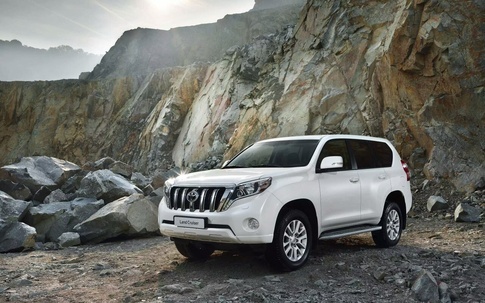

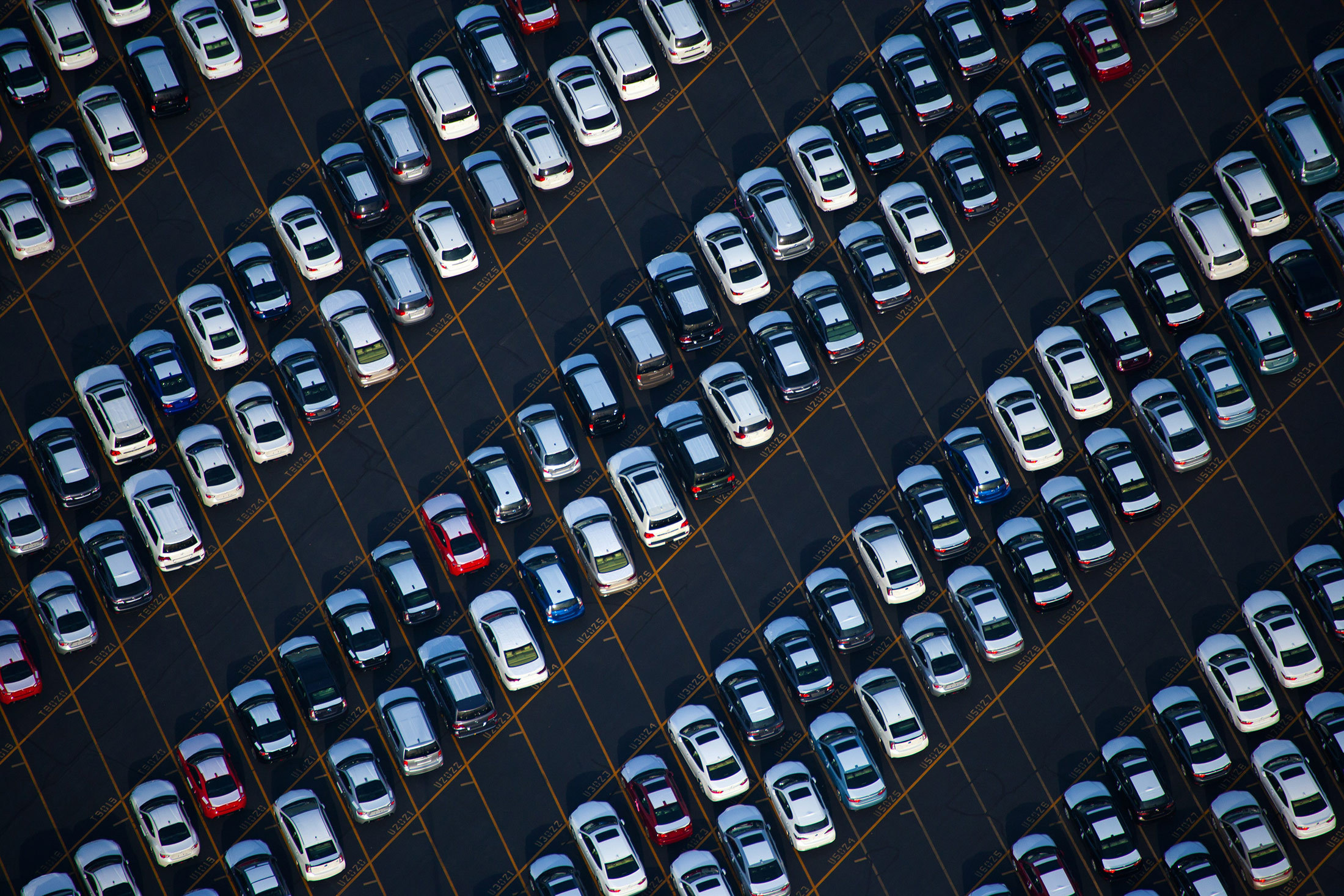
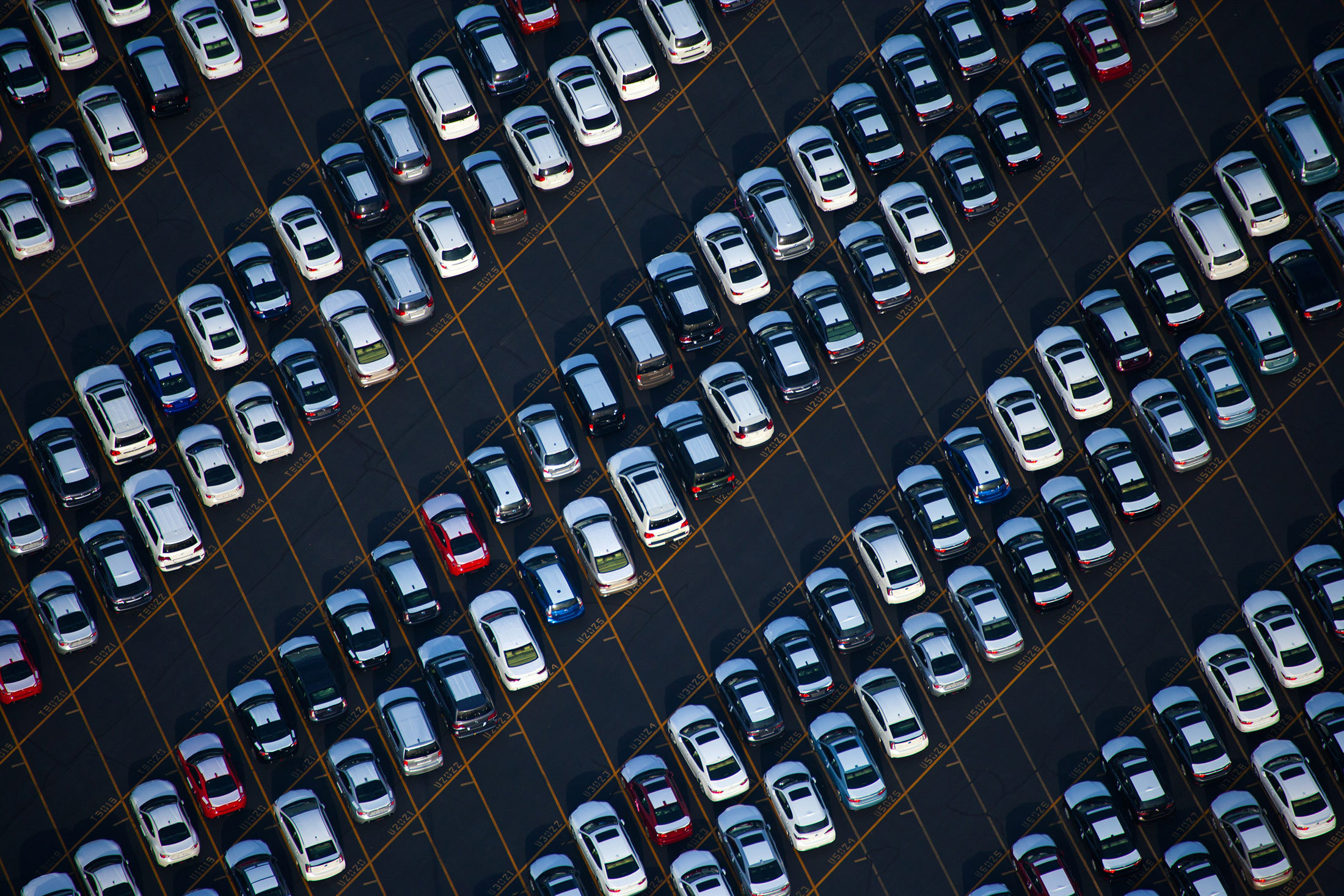
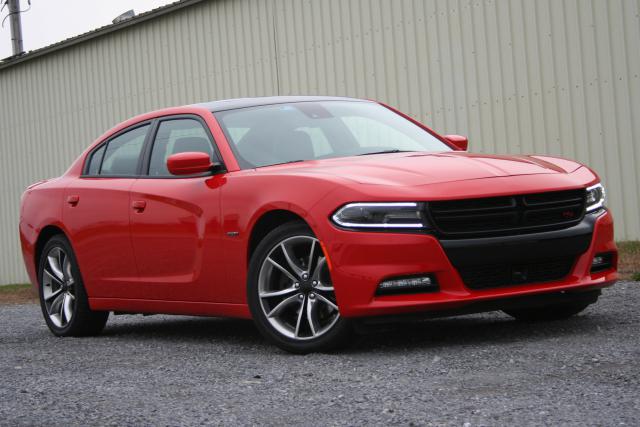
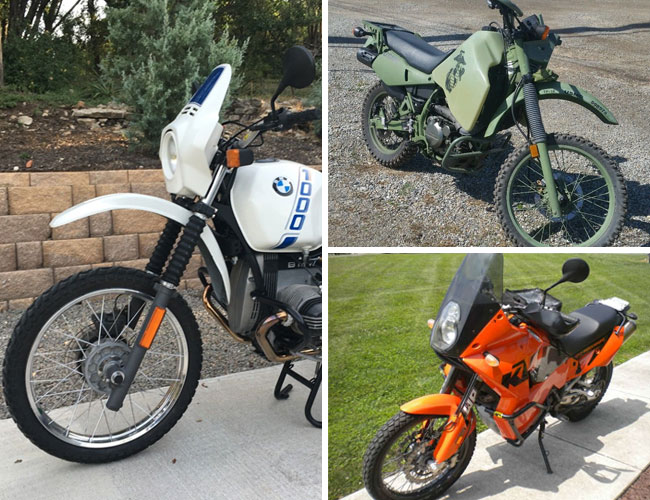
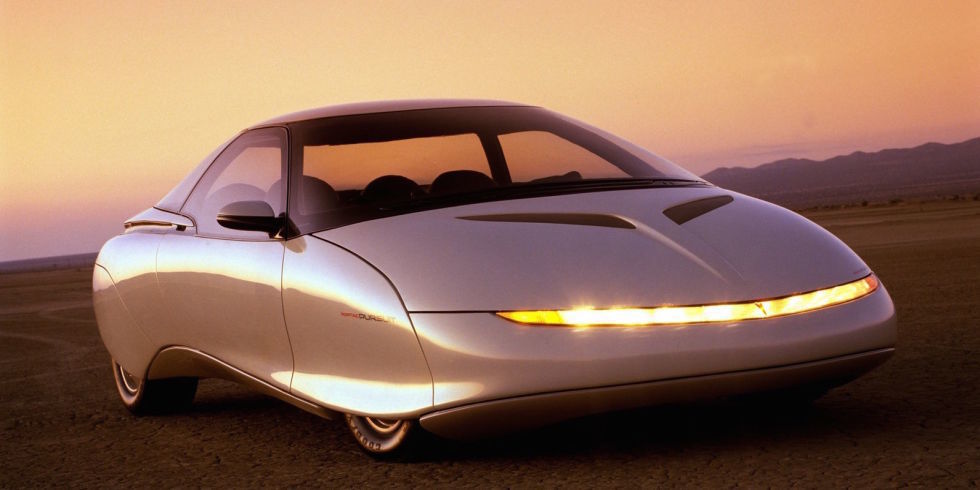
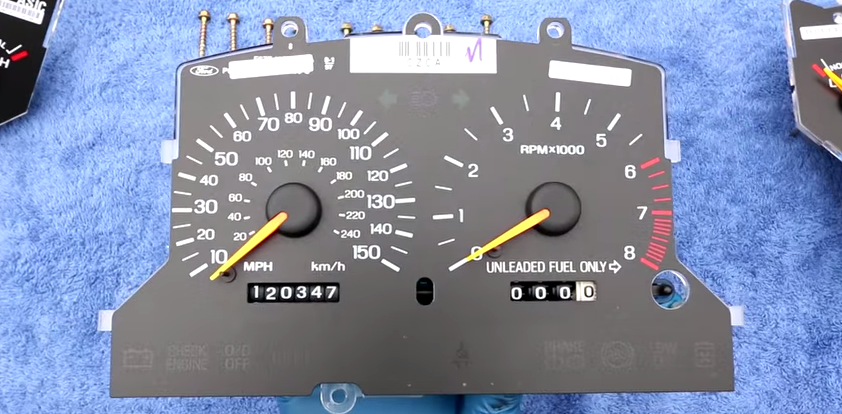
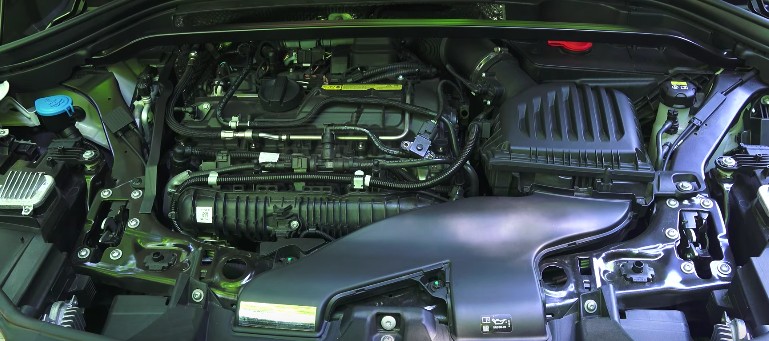
Recent Comments